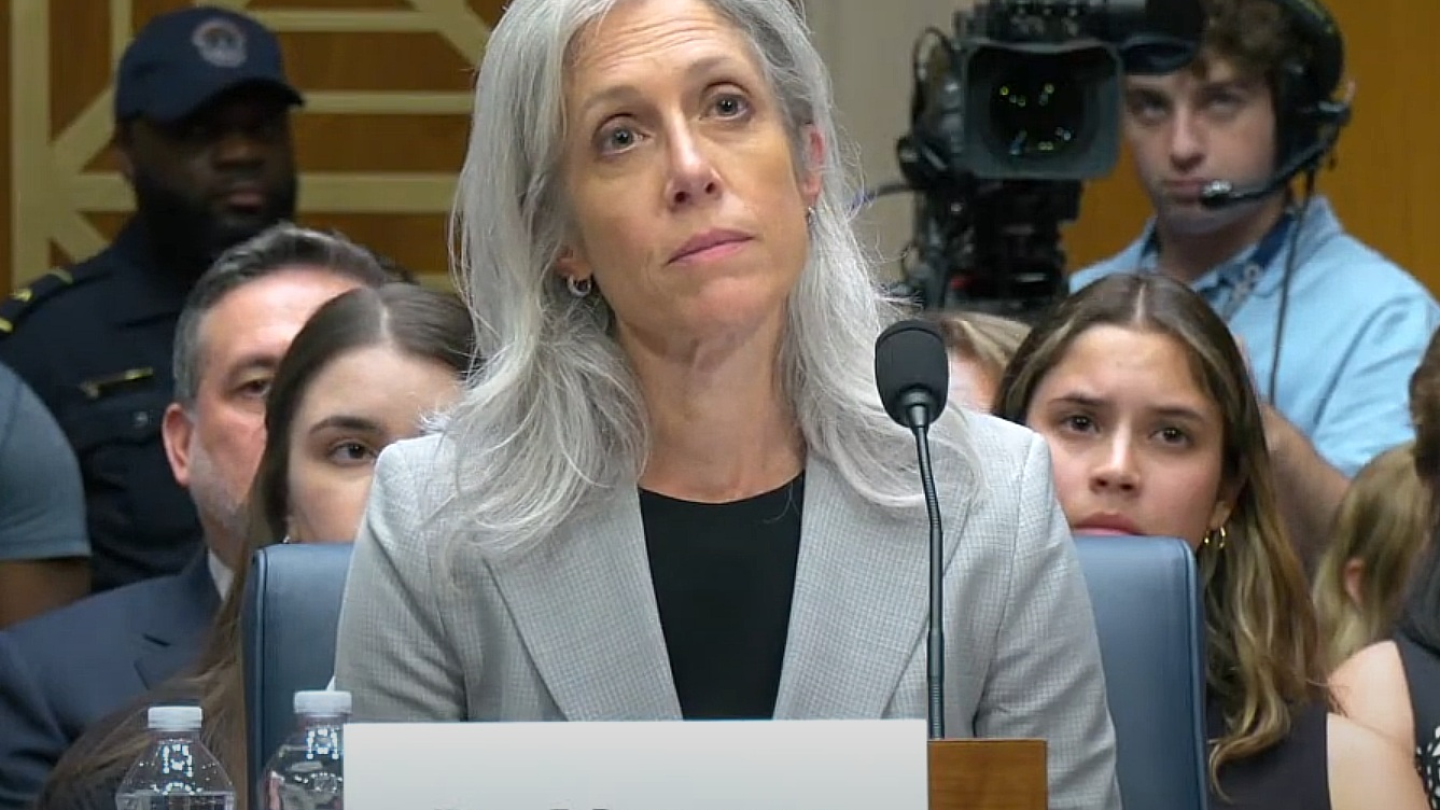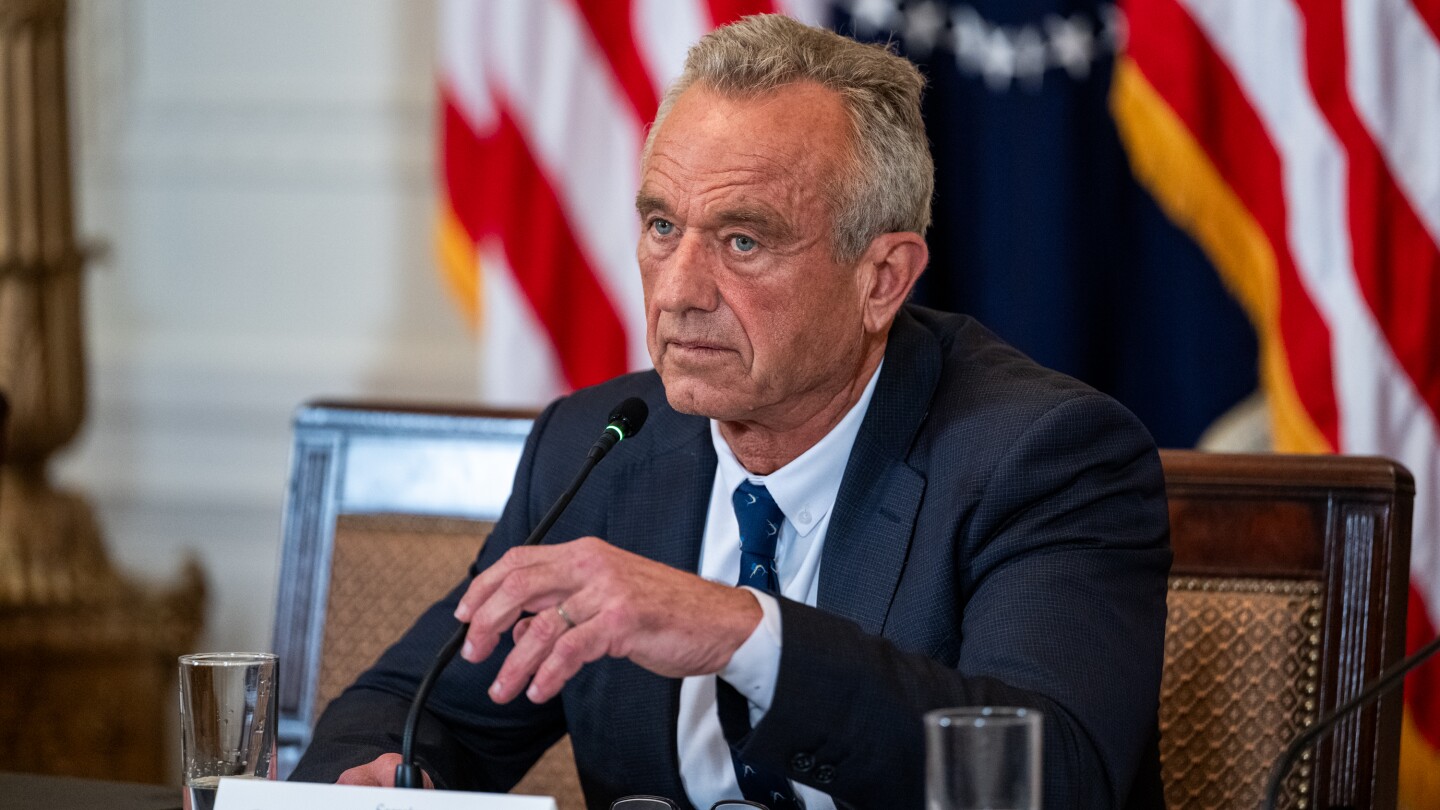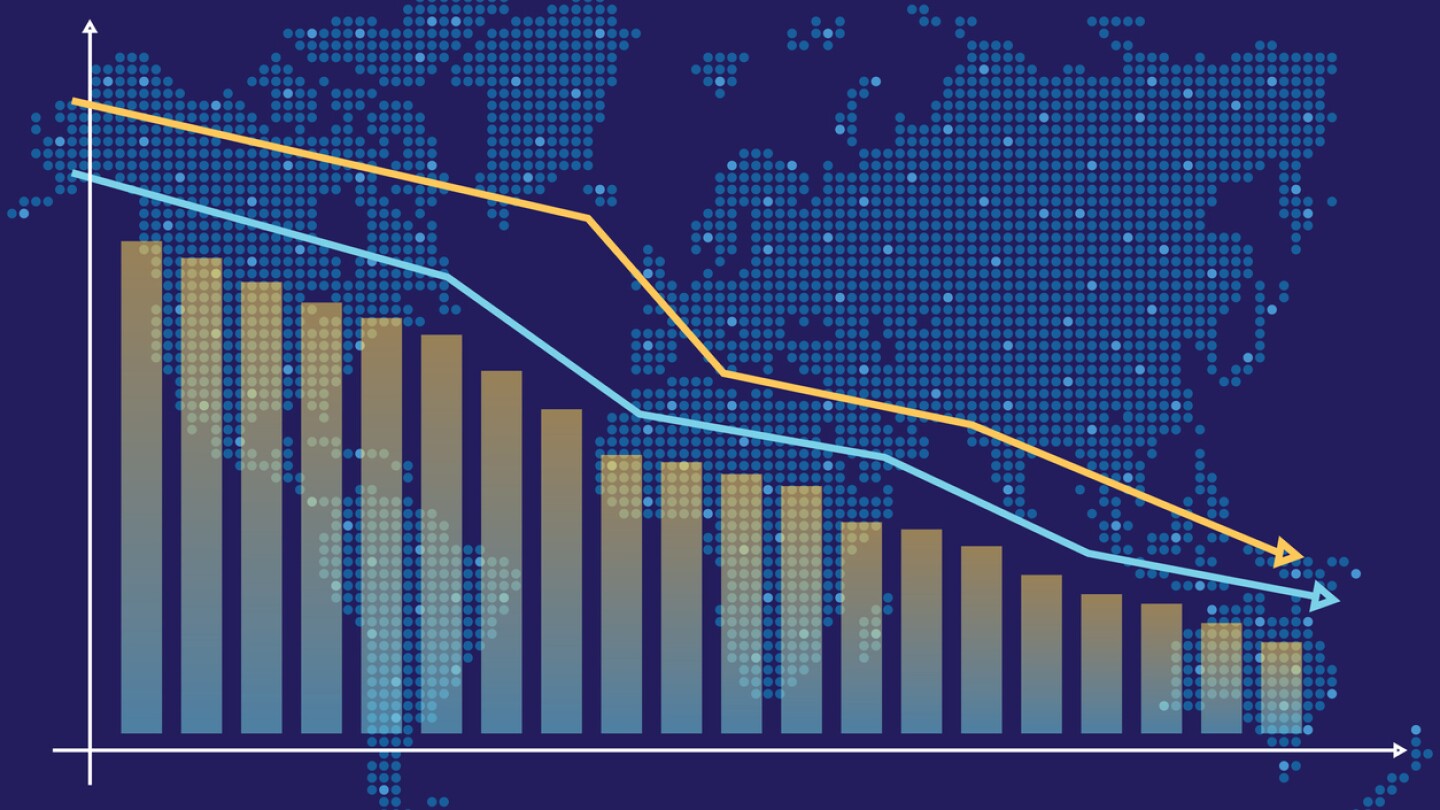News
The Future of Cell and Gene Therapy: Navigating Innovation, Regulation, and Manufacturing Challenges
An interview with Philip Vanek, chief commercialization officer of the International Society for Cell & Gene Therapy (ISCT), reveals both promising developments and significant concerns shaping the advanced therapies sector’s trajectory through 2025 and beyond. This interview was conducted with support from Tozaro.
FEATURED STORIES
The explosion of GLP-1 weight loss drugs is reminiscent of the early days of PD-1 inhibitors, but key market differences suggest history may not repeat itself.
The ongoing conflicts between Ukraine and Russia, as well as Israel and Palestine, have sent ripples across various industries, including pharma. Medical science liaisons can help.
Mirador debuted last year with a massive $400 million and the goal of developing game-changing therapies for inflammatory and fibrotic diseases. The company aims to enter the clinic this year.
Job Trends
Saama today announced a newly expanded, multi-year agreement with global biopharmaceutical leader Pfizer to help expedite clinical research.
FROM OUR EDITORS
Read our takes on the biggest stories happening in the industry.
Unpredictable communication and a lack of transparency are eroding the industry’s and the public’s trust. The FDA, experts agree, needs to take control of the narrative.
THE LATEST
Calico will leverage 9MW3811’s anti-inflammatory mechanism to advance its mission of addressing aging-related diseases.
While ALTO-203 missed its depression-related endpoints, improvements in EEG biomarkers, attention and wakefulness point to signals of drug activity, William Blair said, though the analysts pointed to other indications as potentially more promising for future development.
In the race to make the most tolerable obesity drug, there seems to be no clear winner—at least not according to analysts parsing the data presented at the American Diabetes Association annual meeting this week.
Susan Monarez, already acting director of the CDC, said during her confirmation hearing that she sees no causal link between vaccines and autism.
Jefferies analysts called the proxy filing, which is a standard disclosure after a merger agreement, “much more intriguing than normal” given the regulatory turmoil it revealed.
Minovia’s lead product is MNV-201, an autologous hematopoietic stem cell product that is enriched with allogeneic mitochondria.
Flagship Pioneering’s ProFound Therapeutics will use its proprietary technology to mine the expanded proteome for novel cardiovascular therapeutics. Novartis has promised to pay up to $750 million per target, though it has not specified how many targets it will go after.
Without providing further context, HHS Secretary Robert F. Kennedy Jr. says that Gavi needs to “start taking vaccine safety seriously” by considering “the best science available.”
Peter Marks, who headed the FDA’s Center for Biologics Evaluation and Research before being forced to resign in March, said the agency’s new risk-based COVID-19 vaccine framework contradicts the current administration’s push for transparency and gold-standard science.
Given today’s available local talent pool, biopharma companies are less likely to turn toward international job candidates, according to a talent acquisition expert. Findings from two recent BioSpace LinkedIn polls underscore the issue.

















